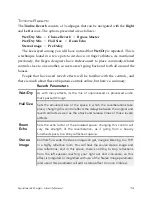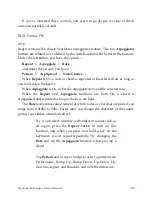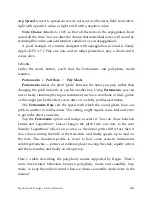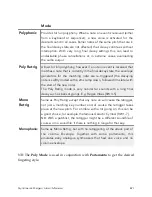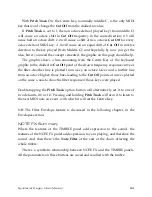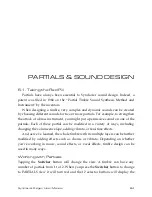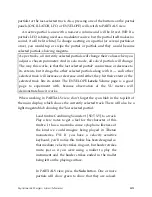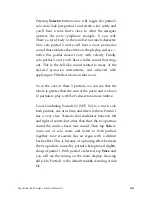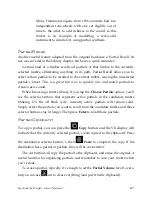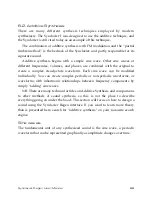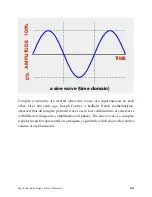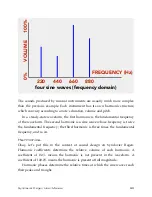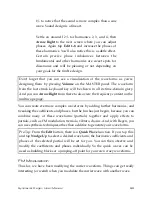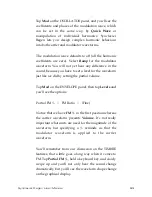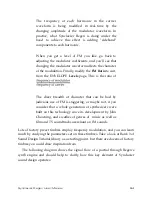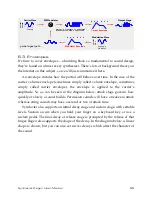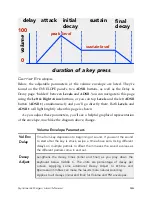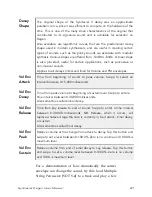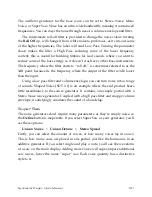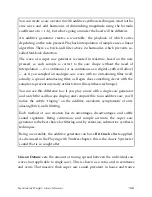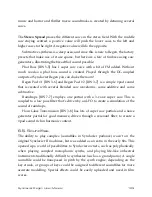
Synclavier Regen User Manual
88
6.2. Additive Synthesis
There are many different synthesis techniques employed by modern
synthesizers. The Synclavier I was designed to use the additive technique, and
the Synclavier is still cited today as an example of this technique.
The combination of additive synthesis with FM modulation and the “partial
timbre method,” is the bedrock of the Synclavier, and partly responsible for its
signature sound.
Additive synthesis begins with a simple sine wave. Other sine waves of
different frequencies, volumes, and phases, are combined with the original to
create a complex steady-state waveform. Each sine wave can be modified
individually.
You can create complex periodic or non-periodic waveforms, or
waveforms with inharmonic relationships between frequency components by
simply “adding” sine waves.
NB: There are many technical articles on Additive Synthesis and comparisons
to other methods of sound synthesis, so this is not the place to describe
everything going on under the hood. This section will focus on how to design a
sound using the Synclavier Regen interface. If you want to learn more theory
than is presented here, search for “additive synthesis" on your favourite search
engine.
Sine waves
The fundamental unit of any synthesized sound is the sine wave, a periodic
waveform that can be represented graphically as amplitude changes over time.
Содержание REGEN
Страница 1: ...Synclavier USER MANUAL Copyright 2022 Synclavier Digital Corporation Ltd...
Страница 50: ...Synclavier Regen User Manual 43...
Страница 59: ...Synclavier Regen User Manual 52...

